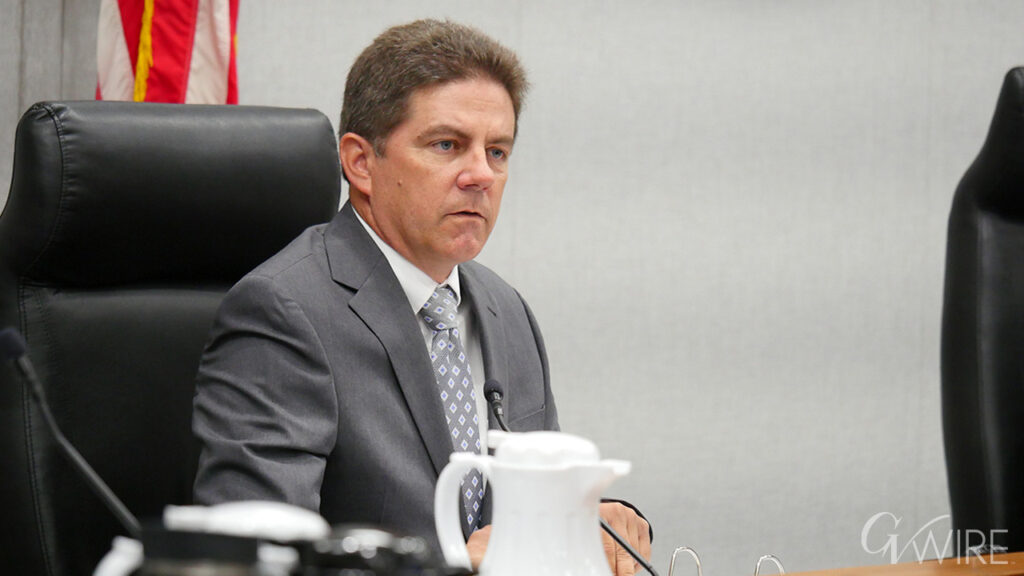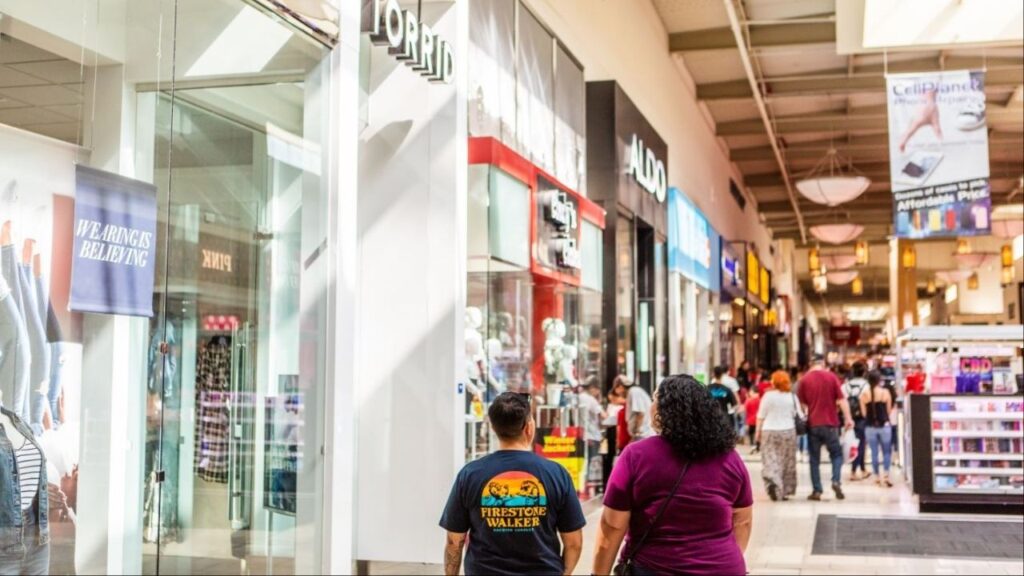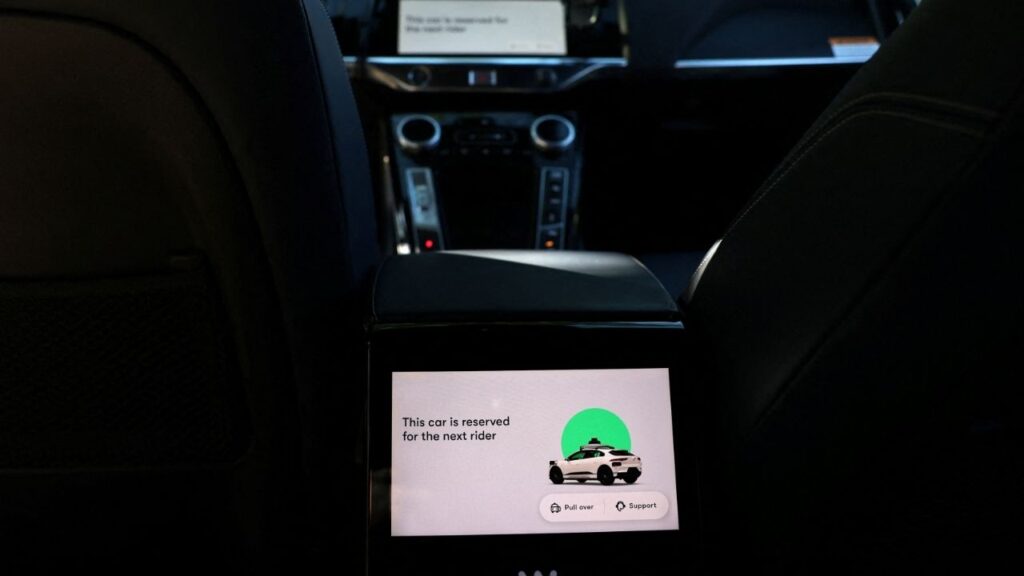Consumer sentiment rises as Democrats show optimism over Harris' economic prospects, despite overall glum outlook. (AP File)

- University of Michigan's consumer sentiment index edges up to 67.8, driven by Democratic and independent optimism.
- Despite sour mood, American consumers continue spending, contributing to healthy economic growth of 2.8% in Q2.
- Inflation expectations have decreased, with consumers now anticipating prices to be 2.9% higher in one year.
Share
|
Getting your Trinity Audio player ready...
|
WASHINGTON — A surge in optimism by Democrats over the prospects of Vice President Kamala Harris lifted U.S. consumer sentiment slightly this month.
The University of Michigan’s consumer sentiment index edged up to 67.8 after coming in at 66.4 in July. Americans’ expectations for the future rose, while their assessment of current economic conditions sank slightly.
The spirits of Democrats and political independents rose. Republicans’ sentiment fell. The survey found that 41% of consumers considered Harris the better candidate for the economy, versus the 38% who chose Republican nominee Donald Trump. Before President Joe Biden dropped out of the presidential race and gave way to Harris, Trump held an advantage on the issue.
Related Story: Companies Cut Prices to Boost Sales, Consumers Respond
Partisan Divide in Economic Outlook
Joanne Hsu, the university’s director of consumer surveys, said she expects the index to bounce with changing poll results as the election nears. Consumers on both sides of the partisan divide say their economic outlook “depends on who’s going to win the election,” she said.
The Michigan index has rebounded after bottoming out at 50 in June 2022 when inflation hit a four-decade high. But it remains well below healthy levels. Before COVID-19 hit the economy in early 2020 — causing a recession followed by an unexpectedly strong recovery that unleashed inflation — the Michigan index regularly registered in the 90s and occasionally crossed 100.
“Consumers are still pretty glum overall by historical standards, but sentiment is on an improving trend,” said Carl Weinberg, chief economist at High Frequency Economics.
Economists watch measures of Americans’ spirits to gauge whether they’re in the mood to shop, important because their spending accounts for about 70% of U.S. economic activity.
Related Story: Consumer Confidence in U.S. Falls in June as Americans Fret About Near-Term ...
Consumer Spending Remains Strong Despite Inflation Concerns
Since inflation struck more than three years ago, Americans have been feeling grumpy. As the November presidential election approaches, many blamed President Biden for higher prices.
Despite their sour mood, American consumers have kept spending anyway. Largely because of that, the economy grew at a healthy 2.8% annual pace from April through June. Their spending has continued into the current quarter: The Commerce Department reported Thursday that retail sales climbed 1% from June to July, biggest jump since January 2023 on strong sales at electronics shops, supermarkets and auto dealerships.
The Federal Reserve responded to inflation’s resurgence by raising its benchmark interest rate 11 times in 2022 and 2023, lifting it to a 23-year high. Inflation has cooled markedly since peaking at 9.1% in June 2022. By last month, it was down to 2.9%, edging closer to the Fed’s 2% target.
The central bank is now widely expected to begin cutting rates at its next meeting in September.
Related Story: Why California Regulators Have to Protect Both Consumers and Company Profits
Inflation Expectations and Consumer Behavior
The Michigan survey shows that consumers’ expectations for future inflation have come down — though Americans remain frustrated that prices are still nearly 20% higher than they were when inflation picked up in early 2021. For the second straight month, consumers said in August that they expect prices to be 2.9% higher in one year. In mid-2022, as inflation roared, they expected prices to climb 5.3% over the next 12 months.
Their expectations are important because they can drive behavior. If you think something is going to be a lot more expensive in the future, you are more likely to buy it now, and that spending can drive prices higher. “If inflation expectations are high, that can be a self-fulfilling prophesy,” Hsu said. “Policymakers do not want to see that.” So the Fed’s inflation fighters welcome signs that consumers foresee more modest price increases going forward.
RELATED TOPICS:
Categories



















